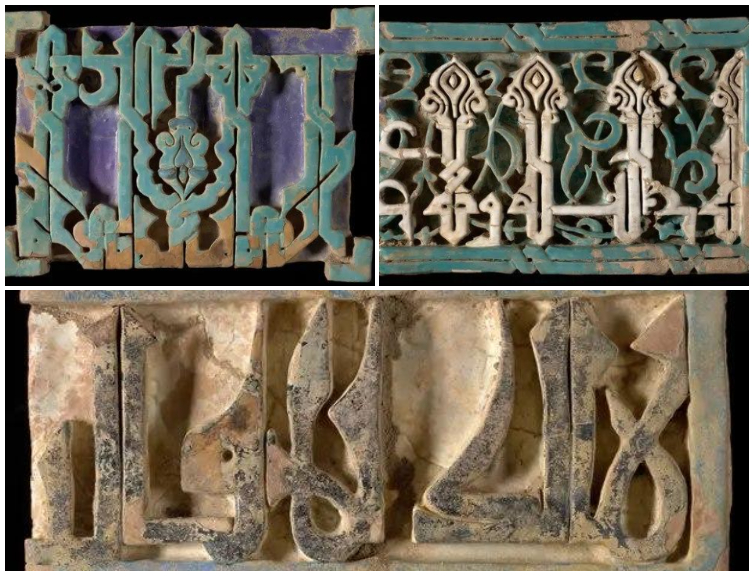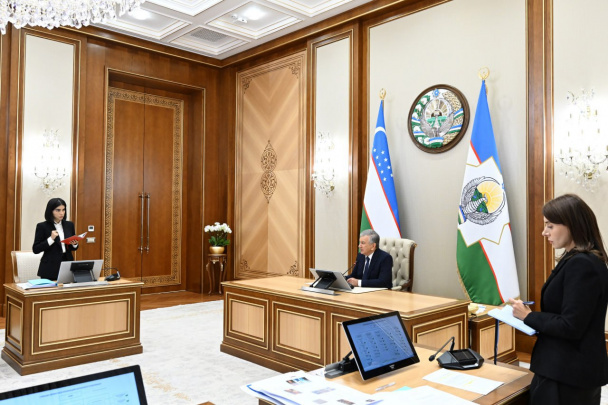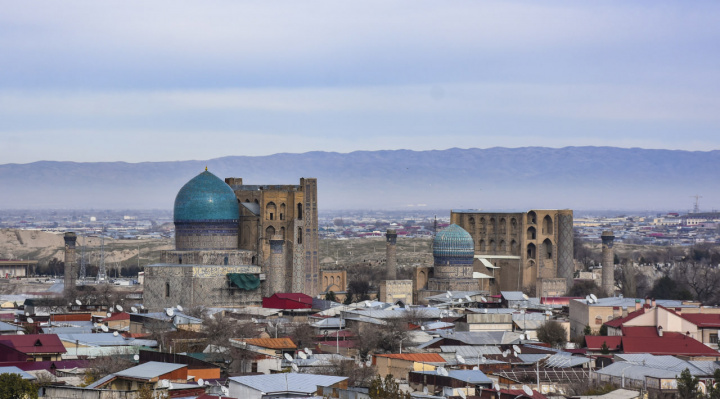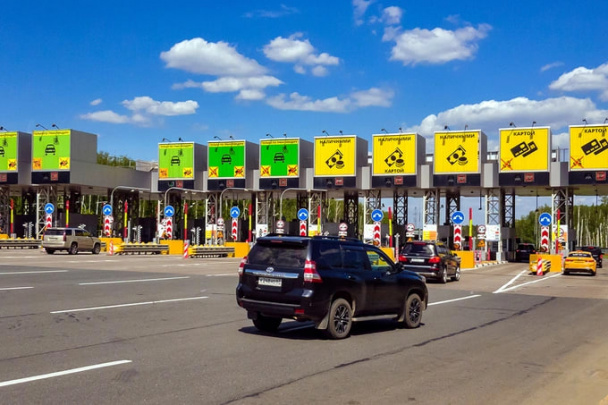British Museum to return to Uzbekistan ancient artifacts smuggled into UK in a suitcase
The British Museum will help to repatriate six glazed tiles from a medieval memorial complex on the edge of Samarkand, which were brought into Heathrow in a suitcase.

According to The Guardian, the man who smuggled them in after a flight from Dubai in January even forged paperwork declaring them as replicas that were “made to look old”. He produced a receipt that claimed they had been bought in Sharjah the previous day for 315 dirhams, about £70.
In fact, the tiles are worth many tens of thousands of pounds and are culturally important to Uzbekistan, their original country of origin.
St John Simpson, a senior curator in the British Museum’s Middle East department, said the tiles were stunning objects. “They’re very attractive, very collectible… you can see why they would attract the criminal element.”
As is usual in suspected cases of antiquity smuggling, the museum was contacted by the UK’s Border Force authorities to establish whether the tiles were genuine – and if so, where were they from.
In May, Simpson sought the help of about a dozen experts from countries in the Middle East and Central Asia as well as the US and Russia.
“It was really fantastic in this case to enlist such a wide range of specialists in a very short space of time and across the world, despite the global pandemic,” he said.
The “made to look old” tiles have been dated to between the end of the 13th and the mid-14th centuries. They belong to a period that began with the establishment of a khanate under Chagatai Khan, the second son of Genghis Khan, in about 1227 and lasting until 1363.
They have three colors of glaze – white, turquoise and cobalt blue – and each has Qur’anic inscriptions, but only one is complete.
Uzbek specialists have confirmed the tiles come from the Shah-i Zinda memorial complex near Samarkand. They say excavations and restoration work was carried out in 1996 and early 2000 and a number of glazed artifacts found then remain unaccounted for.
It is noted that the tiles will be exhibited at the museum from December for two to three months before they are repatriated to Uzbekistan.
Simpson said most antiquity smuggling is in freight cases, not suitcases. “I think the brazen nature of it really illustrates the scale of the crime. They thought they could get away with it. Whether they have in the past is impossible to know but every seizure like this sends a very strong message to the criminals and the mules – crime doesn’t pay in this case.”
Hartwig Fischer, the director of the British Museum, said: “The identification of illicitly traded cultural objects is a very important part of the museum’s work. Over the past decade, we have helped to return more than 2,500 objects to Iraq, Afghanistan, Uzbekistan and elsewhere.
“We work in partnership with law enforcement agencies, museum colleagues, academics and embassy personnel to limit this harmful trade and ensure the preservation of cultural heritage, securing the past for all of our futures,” Fischer said.
Said Rustamov, Uzbekistan’s Ambassador in the UK, expressed gratitude to the museum and UK Border Force.
“The Ministry of Culture and other relevant government bodies of Uzbekistan will further strengthen the collaboration with the British Museum and UK law enforcement agencies in combatting the illicit trade in antiquities. Our close cooperation will send a strong signal to antiquity traffickers,” the Ambassador stressed.
Related News

16:10 / 16.01.2026
President Mirziyoyev reviews Bukhara master plan and tourism projects in Samarkand

13:58 / 13.01.2026
Samarkand city set to expand as district boundaries change

19:56 / 08.01.2026
FlyArystan resumes Almaty – Samarkand direct flights

17:55 / 06.01.2026



